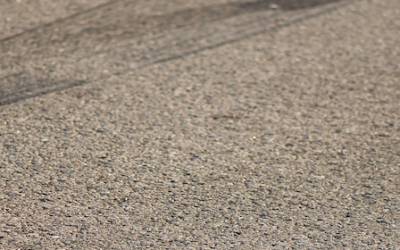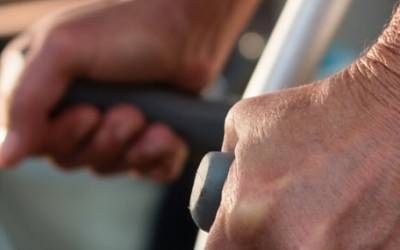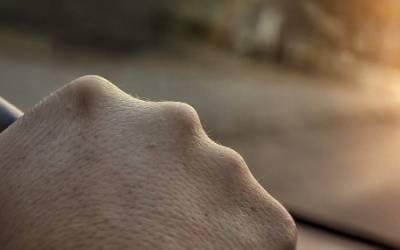Call 1800 641 743 for a free first interview. Ask about our No Win No Fee OR Expenses* fee policy.
Published: 09 September 2016
Author:
Stringer Clark TAC Law team
Risk of Animal Collision increases on Victoria’s country roads
As a regional law firm, our clients and colleagues cover a lot of kilometres on a daily basis, which is why we thought it worth sharing the RACV’s recent caution to our community.
Recent Road statistics
- The RACV received nearly 15 animal collision insurance claims each day in the last financial year
- The frequency and cost of collisions between motor vehicles and animals increased more than five per cent
- There were more than 5300 animal collisions in 2015-16
- The average cost of claims was 2.1 per cent higher than the previous year.
When do most collisions occur?
- Most animal collisions happen near dawn and after dusk, or around 6am and 6pm. Collisions with wombats peak around 9pm
- Collisions involving kangaroos spiked in autumn and 30 per cent of wombat accidents were recorded in winter.
RACV Top 10 local areas for collisions with animals
|
Rank |
Local government area |
Claims 2015-16 |
Claims 2014-15 |
|
1. |
Greater Bendigo |
413 |
388 |
|
2. |
Macedon Ranges |
307 |
291 |
|
3. |
Wellington |
189 |
183 |
|
4. |
Whittlesea |
182 |
173 |
|
5. |
Yarra Ranges |
172 |
143 |
|
6. |
Hume |
169 |
165 |
|
7. |
Mount Alexander |
164 |
127 |
|
8. |
Mitchell |
158 |
175 |
|
9. |
East Gippsland |
126 |
127 |
|
10. |
Nillumbik |
125 |
138 |
Kangaroos were involved in 82 per cent of all animal collisions and wombats were the second most common animal involved in collisions, accounting for 240 claims.
Animals most commonly involved in collisions
|
Rank |
Animal |
Claims 2015-16 |
Claims 2014-15 |
|
1. |
Kangaroo |
4370 |
4110 |
|
2. |
Wombat |
240 |
260 |
|
3. |
Dog |
218 |
204 |
|
4. |
Deer |
76 |
89 |
|
5. |
Cattle |
70 |
61 |
|
6. |
Cat |
67 |
76 |
|
7. |
Fox |
51 |
39 |
|
8. |
Koala |
31 |
17 |
|
9. |
Horse |
28 |
16 |
|
10. |
Bird |
22 |
30 |
|
11. |
Rabbit |
20 |
13 |
|
12. |
SHEEP |
17 |
19 |
Source: RACV Insurance claims data
Tips for avoiding a collision with an animal
- Be extra careful when driving at dawn and dusk when kangaroos are more active
- If you see an animal, try to brake rather than swerve in an effort to keep control of your vehicle.
- Slow down and be more alert on road crests and bends where it can be more difficult to see animals. Be aware of signs that advise of animals in the area and if you notice dead animals, be sure to slow down as it is a sign that other animals may be in the area.
Categories Victoria, Animals, Road injury, TAC
Call 1800 641 743 to be connected to your nearest office, find an office near you on our office locations map, or email us using the form below and we will contact you on the same or next business day.
* Required Field



